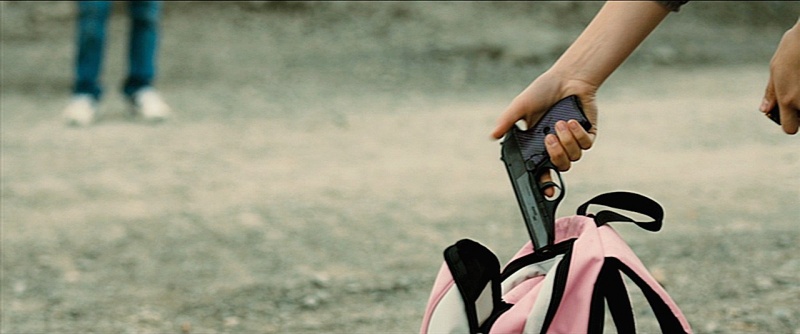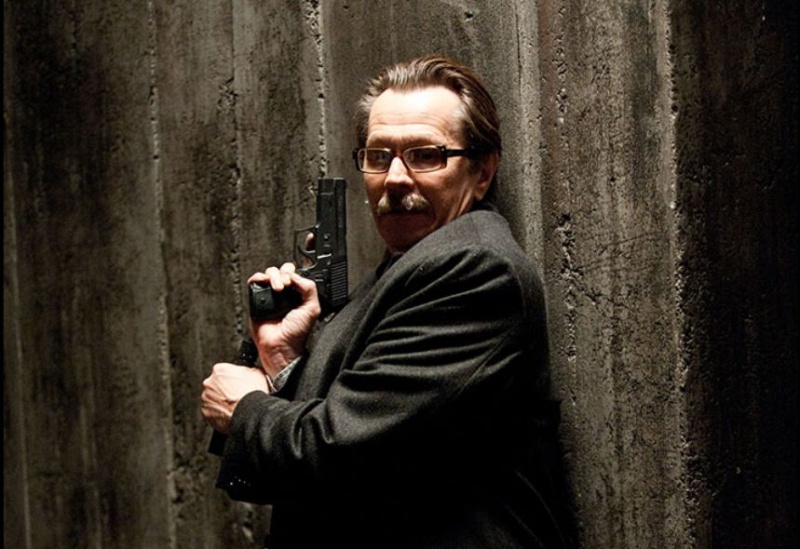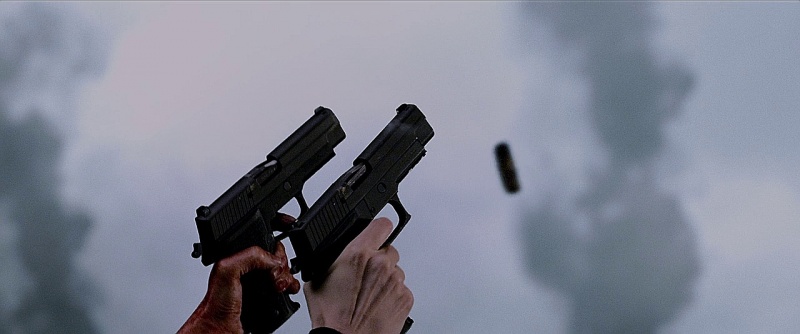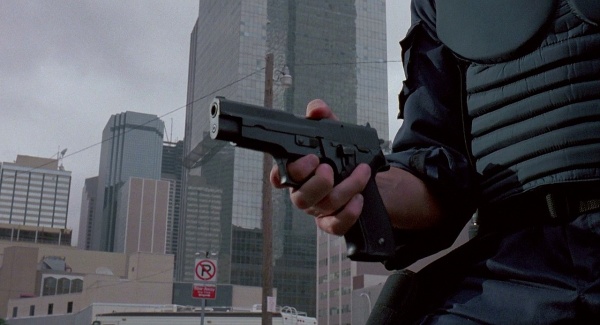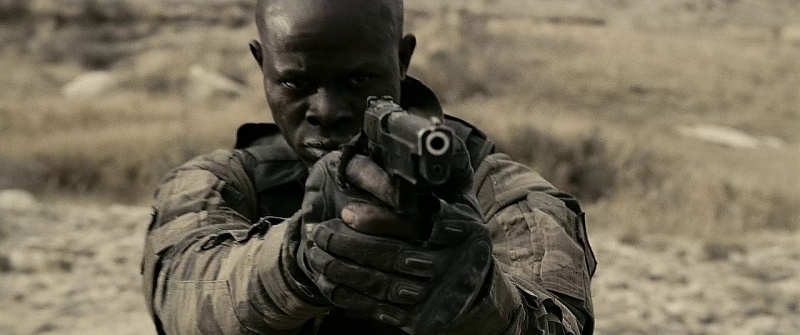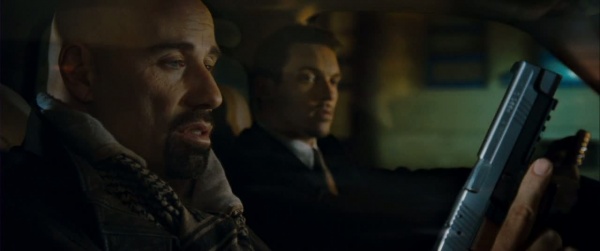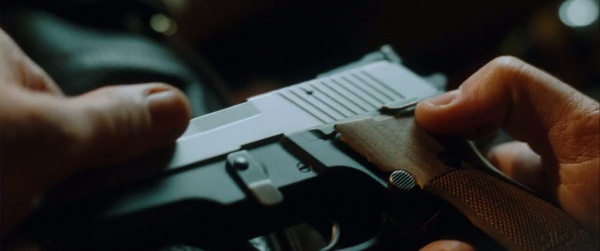Montana Smith
Active member
The Webley Nemesis wasn't the prettiest of airguns. It reminded me of the original Robocop's modified Beretta 93R (more on him at some point). It was fitting it had to make way for the 92FS.

Will likely shed some of the replicas, but this is the current breakdown:
Deactivated
Webley Mk. IV .38 double action with 5? barrel (UK, c.1965)
Tokarev Mod. TT-33 7.62mm semi-automatic (Soviet Union, dated 1953)
Vincenzo Bernadelli Mod. 60 .22 LR (Gardone proof mark 'AB' for 1959)
Black Powder
Colt 1851 Navy .36 / 9mm blank (Gardone proof mark 'AD' for 1978) (Pietta, Italy)
Blank Firer
Beretta Mod. 1934 9mm semi-automatic (MGC/RMI, Japan)
Colt 1851 Navy (Uberti, Italy)
Colt 1873 Single Action Army .44-40 Long Blank (MGC/RMI, Japan)
Colt 1874 Single Action Army .45 (MGC/RMI, Japan)
Colt 1873 Single Action Army 'Cavalry' .44 (CMC, Japan, 1968)
Colt 1911 9mm semi-automatic (Bruni, Italy. Imported by Webley)
Colt Cobra .38 Special (Malugo/Marugo, Japan)
Mauser C96 Mod. 1930 (Hudson, Japan)
Mayer & Riem 1937 'Perfecta' Mod. S 8-shot repeating 6mm Flobert (c.1960, West Germany)
Remington 1858 New Model Army .44 cartridge conversion 9mm blank (Gardone proof mark 'CC' for 2008) (Pietta, Italy)
Smith & Wesson Model 19 .357 Combat Magnum 4? barrel (MGC/RMI, Japan)
Airgun
Anics Skif A-3000 .177 CO2 28-shot repeating single or double action (Russia)
Baikal Makarov MP-654K Generation 1 1999 .177 CO2 (IMZ Makarov factory, Russia)
Umarex Beretta Mod. 92FS .177 CO2 licensed by Beretta (c.2011 Germany)
Webley Nemesis .177 (UK)
Airsoft
Dan Wesson .357 Magnum with 2.5? barrel 6mm CO2
Heckler & Koch MP5A3 9mm
Walther P99 9mm
Replica
C18th Bunney Pocket Pistol (Denix, Spain)
Colt 1860 Army .44 (Denix, Spain)
Colt 1873 Single Action Army .45 (Denix, Spain)
Colt 1873 Single Action Army 'Cavalry' .45 (Denix, Spain)
Griswold & Gunnison 1860 Confederate Army iron and brass copy of the .36 Colt (Denix, Spain)
Luger P08 9mm Parabellum (Denix, Spain)
Remington Model 1875 Single Action Army .45 (Denix, Spain)
Smith & Wesson 1869 Model 3 .44 Russian / .45 Schofield (Denix, Spain)
Walther P38 9mm Parabellum (Denix, Spain)
Winchester 1866 .45 (Denix, Spain)

Will likely shed some of the replicas, but this is the current breakdown:
Deactivated
Webley Mk. IV .38 double action with 5? barrel (UK, c.1965)
Tokarev Mod. TT-33 7.62mm semi-automatic (Soviet Union, dated 1953)
Vincenzo Bernadelli Mod. 60 .22 LR (Gardone proof mark 'AB' for 1959)
Black Powder
Colt 1851 Navy .36 / 9mm blank (Gardone proof mark 'AD' for 1978) (Pietta, Italy)
Blank Firer
Beretta Mod. 1934 9mm semi-automatic (MGC/RMI, Japan)
Colt 1851 Navy (Uberti, Italy)
Colt 1873 Single Action Army .44-40 Long Blank (MGC/RMI, Japan)
Colt 1874 Single Action Army .45 (MGC/RMI, Japan)
Colt 1873 Single Action Army 'Cavalry' .44 (CMC, Japan, 1968)
Colt 1911 9mm semi-automatic (Bruni, Italy. Imported by Webley)
Colt Cobra .38 Special (Malugo/Marugo, Japan)
Mauser C96 Mod. 1930 (Hudson, Japan)
Mayer & Riem 1937 'Perfecta' Mod. S 8-shot repeating 6mm Flobert (c.1960, West Germany)
Remington 1858 New Model Army .44 cartridge conversion 9mm blank (Gardone proof mark 'CC' for 2008) (Pietta, Italy)
Smith & Wesson Model 19 .357 Combat Magnum 4? barrel (MGC/RMI, Japan)
Airgun
Anics Skif A-3000 .177 CO2 28-shot repeating single or double action (Russia)
Baikal Makarov MP-654K Generation 1 1999 .177 CO2 (IMZ Makarov factory, Russia)
Umarex Beretta Mod. 92FS .177 CO2 licensed by Beretta (c.2011 Germany)
Webley Nemesis .177 (UK)
Airsoft
Dan Wesson .357 Magnum with 2.5? barrel 6mm CO2
Heckler & Koch MP5A3 9mm
Walther P99 9mm
Replica
C18th Bunney Pocket Pistol (Denix, Spain)
Colt 1860 Army .44 (Denix, Spain)
Colt 1873 Single Action Army .45 (Denix, Spain)
Colt 1873 Single Action Army 'Cavalry' .45 (Denix, Spain)
Griswold & Gunnison 1860 Confederate Army iron and brass copy of the .36 Colt (Denix, Spain)
Luger P08 9mm Parabellum (Denix, Spain)
Remington Model 1875 Single Action Army .45 (Denix, Spain)
Smith & Wesson 1869 Model 3 .44 Russian / .45 Schofield (Denix, Spain)
Walther P38 9mm Parabellum (Denix, Spain)
Winchester 1866 .45 (Denix, Spain)












